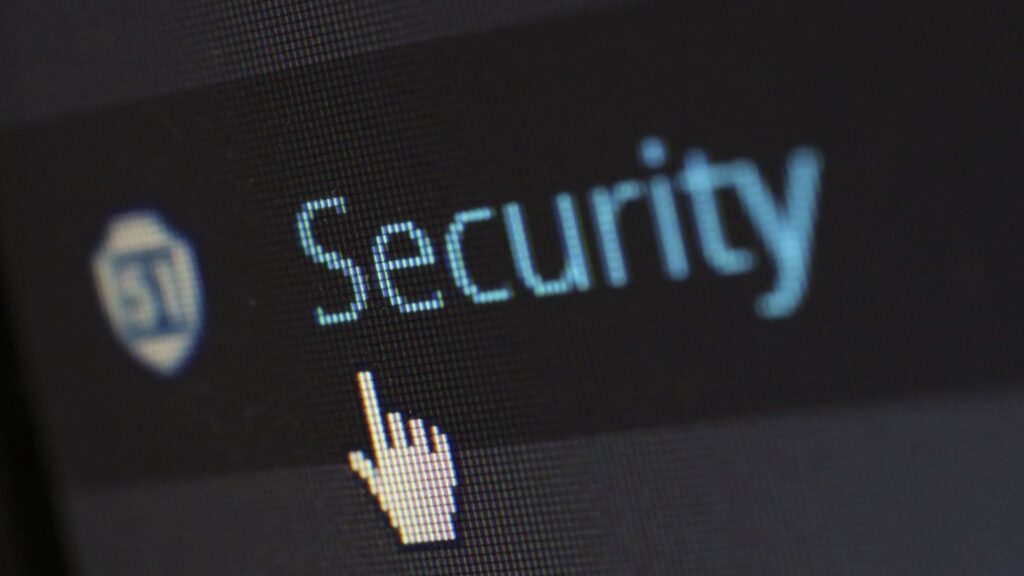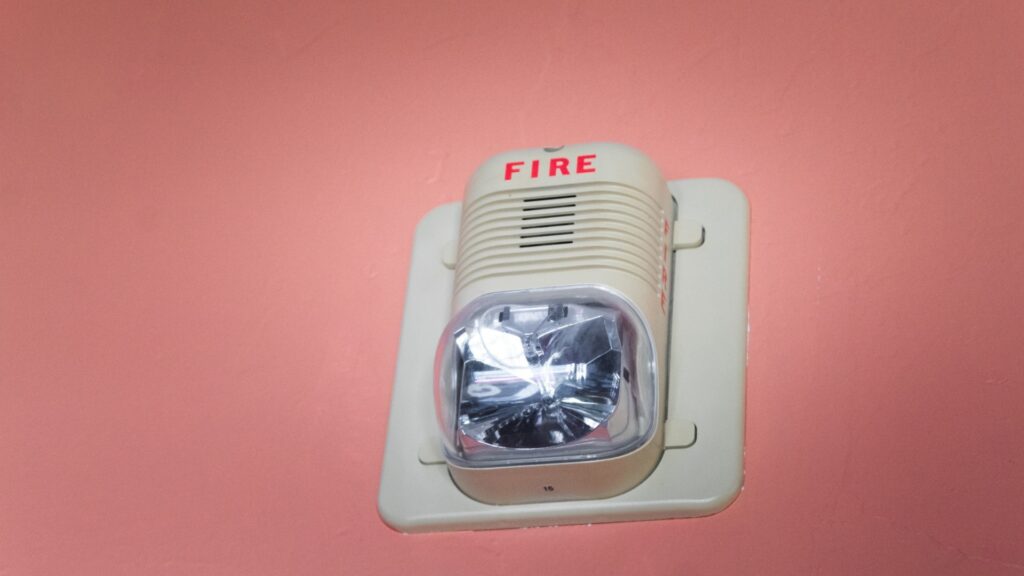Last Updated on September 7, 2023 by Pro Handyman Australia – Editorial Team
Guide to Door Sensors for Optimal Home Security
Understanding the Significance of Door Sensors
For us, as homeowners, ensuring the safety of our homes and loved ones is our foremost concern. The escalating rates of burglary, intrusion, and home invasions naturally lead to questions about the security of our homes. This is where door sensors come into play – they are our first line of defense, ensuring the security of entry points, which include doors and windows.
What are Door Sensors, and How Do They Function?
Door sensors are integral elements of your home security apparatus, attached to your primary entry points such as front, back, garage, and windows. Their essential function is to alert you when there’s any attempt to breach your home by tampering with these entry points.
The operationality of door sensors varies based on whether your security alarm system is engaged. When the alarm is not engaged, the sensors send a notification every time a door is opened or closed. However, when your alarm is activated, any intrusion triggers an audible or silent alarm based on your settings.

Different Types of Door and Window Sensors
Door sensors operate on different technologies and can be categorized into three primary types – Magnetic contact sensors, Motion sensors, and Glass break sensors.
Magnetic Contact Sensors
Magnetic contact sensors, also known as reed switch sensors, consist of two parts – one attached to the door or window and the other to its frame. These sensors are carefully calibrated to form a closed electric circuit. Disengaging the magnet, such as when the door is opened, disrupts this circuit, thereby signaling an intrusion.
Motion Sensors
Motion sensors utilize infrared technology to discern any movement in their vicinity. The sensors trigger an alarm when any movement is detected on a door or window. These sensors are also programmed to sound an alarm if there’s an attempt to tamper with the doors or windows.
Glass Break Sensors
As the name suggests, glass break sensors are designed to identify the sound of shattering glass. Their sensitivity extends to 20 to 25 feet, meaning a single sensor suffices for an average-sized room.
Salient Features of Door Sensors
Door sensors have numerous features that exponentially increase their value as home protectors.
- Integration with Alarm Systems: Door sensors can be linked with your existing alarm systems, enabling activation and deactivation via the alarm’s keypad.
- Smart Home Automation: Pairing door sensors with smart devices (like Google Assistant or Amazon Alexa) allows real-time status checking of all entry points.
- Wireless Connectivity: Once connected to Wi-Fi, the system can send notifications to your phone whenever a door opens or closes.
- Long Battery Life: With an average battery life of one to five years, door sensors require minimal maintenance.
- Adjustable Sensitivity: Most door sensors allow you to adjust their sensitivity to avoid false alarms from non-threatening sources.
Why Door Sensors are Essential to Your Home Security System
Apart from augmenting your home security, door sensors offer many benefits that make them indispensable to any comprehensive home security system.
Enhanced Security and Protection
Door sensors provide an added layer of protection by offering real-time updates whenever an attempt to enter your home is unauthorized. Moreover, motion sensors can deter trespassers by activating alarms or lights upon detecting unusual activity on your property.
User-friendly and Easy Installation
Door sensors are designed with user-friendliness in mind. Once installed, they provide comprehensive updates on all entry activity in your home. While DIY sensor installation kits are available, professional installation is recommended to ensure maximum security.
Seamless Integration with Other Security Systems
Door sensors can be easily integrated with other security devices to provide 360-degree protection. When combined with security cameras and motion detectors, door sensors ensure no corner of your property is left unguarded.
Customizable as per Your Unique Security Needs
Door sensors can be easily customized to cater to your specific security needs. You can adjust their sensitivity levels, decide the type of alarm you prefer, and connect them to your smart home devices for enhanced security.
Aids in Providing Peace of Mind
Door and window sensors give you the tranquility of knowing your home is always protected. They ensure you can sleep undisturbed without worrying about any unexpected intrusions.
Fortify Your New Home
Securing your home can be manageable. HomeGuard+ presents 12 straightforward techniques to safeguard your home against potential intruders, cyber threats, and more.
Optimize Your Wi-Fi Network
Your home wireless network is a gateway to your personal and financial data. Connecting to smart home devices or your security system could allow intruders direct access. Here are measures to fortify your home network:
- Protect your wireless router.
- Enable WPA3 encryption.
- Rename and conceal your home network.
- Activate a firewall.
- Install antivirus and anti-malware protection.
- Devise strong passwords.
- Use a virtual private network (VPN) to ensure a secure internet connection.

Strengthen Your Doors
Refrain from granting burglars easy entry through your doors. Examine all exterior doors to ensure robust frames and protected hinges. If your door features a mail slot, ensure it prevents someone from unlocking it. Change the locks if you’re moving into a previously occupied residence. It eliminates the risk of strangers having a key to your house, and you can ascertain the quality of your locks.
Secure Your Windows
Windows are a typical entry point for intruders. Ensure windows are securely locked and not merely shut. Upgrade any ineffective or flimsy manufacturer latches with aftermarket window locks or key-operated levers. Enhance your window security with the following:
- Security film to reinforce the glass.
- Window sensors or glass break sensors.
- Window bars.
- Prickly bushes under first-floor windows (maintain them trimmed).
Illuminate Your Surroundings
Criminals shy away from well-lit areas. Install ample outdoor lighting around your front and back yards, pathways, garage, and other structures. Use these tips for more effective outdoor lighting:
- Use motion-activated lights.
- Conserve energy with solar-powered lights.
- Use an intelligent outlet to put outdoor lights on a timer.
- Set up schedules with smart light bulbs.
Secure the Garage
The garage is a common entry point for criminals. Develop a routine of locking all doors to the garage, both internal and external. Consider keeping your garage door opener inside your house to prevent burglars from accessing it from your vehicle.
Increase your garage security with the following:
- A smart garage door opener.
- Extra locks for garage doors.
- Window covers to hide items inside.
- Home automation to prevent accidental open garage doors.
- A driveway alarm.
Eliminate Potential Hiding Spots
Trees and shrubs may enhance your house’s curb appeal and give burglars a hiding place. Trim trees and plants near your home that could provide cover. Opt for smaller flowers and bushes. Reinforce the windows near trees with additional security.
Consider the following to secure your home’s exterior further:
- Always store stools and ladders.
- Lock gates, sheds, and other outdoor buildings.
- Don’t leave expensive items on display in the yard.
- Display security signs and stickers.
Install Security Cameras
Security cameras serve as a powerful deterrent and can provide evidence in case of a burglary. Use cameras that are part of a complete home security system or standalone cameras. Choose a security camera with a mobile app for real-time footage viewing and storage.
Ensure your cameras have the following:
- Motion detection.
- Night vision.
- Wi-Fi capability.
- Two-way talk.
- Local or cloud storage.
- Weatherproof casing for outdoor use.
Acquire a Safe
A home safe ensures your valuables remain protected, even if other security measures fail. Choose a fire-resistant, waterproof, safe, and heavy enough to deter a thief from walking off with it. Safes with redundant locks provide additional security.
Automate Your Home
Home automation provides remote or scheduled control of lights, door locks, security cameras, smoke alarms, and other safety devices. You can receive real-time alerts about suspicious activities, enabling you to act swiftly.
Utilize home automation to enhance security by:
- Scheduling lights and your TV to turn on and off when you’re away.
- Scaring away potential thieves with two-way talk through an intelligent doorbell.
- Instantly accessing video feed whenever someone approaches your driveway.
- Checking on smoke or CO alarms and canceling false alarms from your smartphone.
Fire Prevention
In addition to security against burglary, it’s essential to ensure your home is safe from potential fire hazards. Regularly inspect your fire extinguishers, smoke detectors, and other fire safety equipment to ensure they are in working condition.

Regular Home Inspections
Schedule regular home inspections to check the effectiveness of your security measures. Ensure your locks, alarm systems, cameras, and other safety devices work.
Conclusion
Home security is constantly evolving, and new technologies are being developed to protect your home better. Stay informed about these developments, and consider updating your home security system when necessary.
Securing your home is a manageable task. Start with these tips, and gradually incorporate other strategies over time. Your awareness and proactive approach are the best defense in maintaining the safety of your home and loved ones.
